Windshield replacement in a vintage car (Part 2)

Last week, I talked about how windshield replacement in a vintage car is usually a different beast than the one-call-shopping that’s available to get a big glass company to come to your driveway with a new windshield and be in and out in an hour. This is due to both the boutique availability of the glass itself and the fact that the job can easily mission-creep its way into paint and bodywork. I gave examples using two of my 1970s BMW 2002s, both of which had shrunken rock-hard windshield gaskets that had to be practically chiseled out and that, when removed, revealed rust on the A pillar that needed to be treated.
Today we’ll get even more obscure and talk about replacing the windshield in my 1974 Lotus Europa Twin Cam Special.
I bought the car knowing that it had been sitting for 35 years, had a seized engine, and needed everything, so the fact that it had a cracked windshield was little more than a footnote. I did some research and found that the windshield was available from Pilkington Glass as part of its “Classics” line for about $400. I could even pick it up in nearby Salem, Massachusetts. In my mind, I checked off the windshield as available, affordable, and not nearly as pressing as getting that Lotus-Ford Twin-Cam engine rebuilt.

That process took six years, as it was punctuated by job loss and career change. When, in the spring of 2019, the Europa rumbled out of the spot in my garage where it had been rolled in 2013, replacing the windshield suddenly took on urgency, as there was no way the car was going to ever pass a Massachusetts state inspection with that big crack right down the center. So I called Pilkington in Salem, recounted my conversation with them six years prior, and said that I’d very much like to pick up that $400 windshield as soon as possible. I was horrified when they told me that, due to low demand, the Europa windshield was one of those no longer available in the United States through the Pilkington Classics program. (Lesson learned—when you know you’ll eventually need something like this, and it’s available and reasonably priced, you buy it.)
I searched on the Europa forums and learned that I wasn’t the only one looking for a windshield—there appeared to be no new ones in the country, and folks were loath to let go of their used ones. Then, in a development representative of why these sort of enthusiast forums are wonderful things, a fellow down in Rhode Island took it upon himself to put together a group buy of windshields directly from Pilkington in England. If there were 10 people within a geographic region, they could have their own crated shipment, and fortunately, since he needed a windshield, one region was centered at his house, about an hour’s drive from me. It took over a year, and the price crept up to $800, but eventually I got the call that there was a giant crate with 10 windshields in it down in Providence, and one of them had my name on it. Last fall, I drove down in a car with a nice, big, soft pillow on the back seat, wrapped my hard-won windshield in a blanket, drove home very carefully, put my prize in a dead-end corner of my front porch, and cordoned it off with caution tape.
This past winter, I finally began the task of windshield replacement. The windshield in all S1 and some S2 Europas is affixed with a rubber gasket and a locking strip like the windshields on my vintage BMWs, but the windshield in all Twin Cam Europas is glued in, as it is in most modern cars. There’s decorative trim around the edge, held in by a ledge that sits under the glass and in the glue. Unfortunately, during the four years that I’d been driving the fragile little fiberglass-bodied car, a number of pieces of trim had flown off, and one of them was the windshield trim on the left A-pillar. The windshield trim is available but expensive, and you get into the slippery-slope issue of one new piece looking out of place against three old ones, or all of the new pieces looking out of place against the rest of the heavily patina’d car.
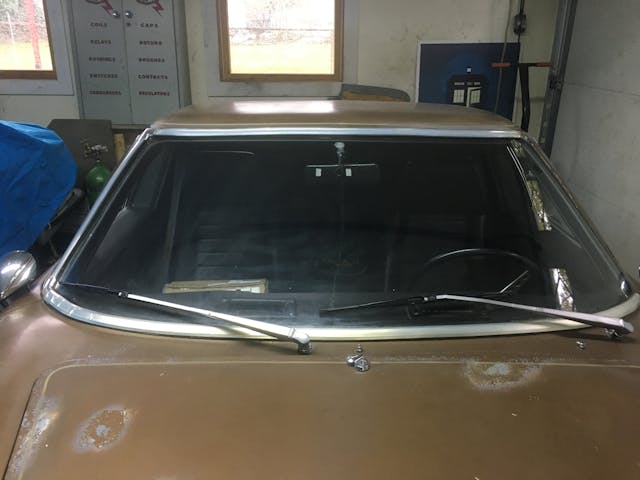
I did a lot of reading on Europa forums. I learned that the original adhesive is butyl rubber, but replacement should use the same urethane rubber that modern glued-in windshields use. I learned that the car’s fiberglass roof is so thin that the windshield frame sags, and that a 2×4 or other support should be cut to length and used to prop up the roof and frame while the glass is glued in. I learned that the trim is purely decorative, does nothing to actually hold in the glass, can be eliminated if desired, or can be replaced after the glass is installed with generic inch-thick trim that looks remarkably similar and glues to the outside of the glass. And I learned that while you can do the glue-in installation yourself, the urethane adhesive is incredibly messy, and if you screw up, you’ll regret it. I understood this, as I vividly recalled replacing the door seals in a BMW 2002, which uses a similar black adhesive. I didn’t like where one of the seals came to rest, thought I could reposition it, pulled the seal off, and the resulting black gooey web stretched everywhere, including onto one of the seats.
Well, OK then.
I set about getting the trim and glass out. This wasn’t nearly as bad as it was with the windshield gaskets in the BMWs—the nearly 50-year-old butyl rubber adhesive was still pliant. Still, it required a lot of time spent with a plastic scraper removing the bulk of the dirt and rubber, then a metal scraper to get down to the fiberglass, then paper towels and solvent to get the last of the goo out. Flick through the whole painstaking ordeal in the slideshow below:
Although fiberglass obviously doesn’t rust like steel does, there were some divots and indentations in the windshield frame. The upper left corner was the worst. I filled them with epoxy.

When spring came and I was girding my loins to install the precious new glass, a local friend posted on Facebook that he had a freelance glass pro come to his house and install the windshield in the BMW 2002 he’s restoring. I was surprised since, as I said a few weeks ago, a good friend who works at a local repair shop that specializes in classics said they now do their own glass work since they couldn’t find anyone who does it. This fellow said that he was very satisfied with both the work and the price. I called the glass guy, described the situation with the Europa, and asked if he had experience gluing windshields into fiberglass-bodied vehicles. He said that describes most RVs, so yeah. I told him that I do most things myself, and I had recently roped in two gasketed windshields (with help). However, the fact that you can’t gracefully back your way out of a urethane installation if something’s wrong gave me pause. He laughed and said, “Yeah, if you don’t know what you’re doing, the stuff gets everywhere and is very difficult to clean off.” He quoted me a price of $200. I jumped at it.
A week later, Joe Maki of “On the fly auto glass” showed up with his helper-son, a collapsible stand, a pair of suction cups, and the biggest glue gun in the world. He double-checked my work cleaning the windshield frame, then test fit the glass, determining how many shims were needed at the bottom to keep gravity from allowing it to drift down. Joe noted that either the car’s fiberglass body wasn’t quite true or the glass had a slight twist in it, as one of the upper corners was a bit higher than the other, but it wasn’t anything acute.

Then Joe scuffed up the fiberglass with a Scotch-Brite pad, laid a swath of adhesive primer on both the windshield frame and the glass, employed that giant electric glue gun to lay down a beautiful perfectly peaked pyramidal bead, plopped the glass down, seated it, and taped it at the top. Done.
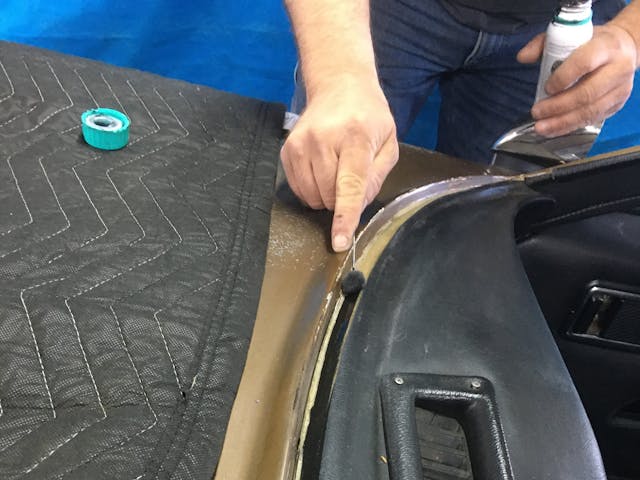
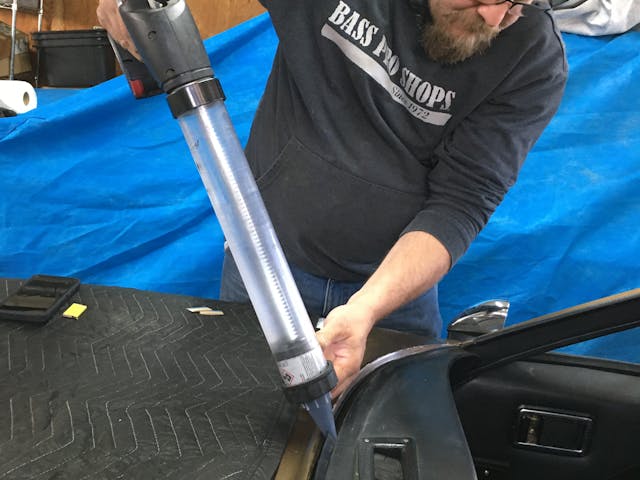


Because no trim was installed, I thought that the lack of adhesive coming up to the edge of the upper corners looked a little funny, and asked joe to fill them in. This part wasn’t quite as clean-looking as the rest, but it was my request.
So it’s done. At some point I’ll deal with the question of the trim. The original trim is a bit chunky—it’s thicker than the trim around the windows—but it does brighten up the front of the car. Without it on, it looks like something’s missing.
Disposing of the old windshield was a surprise. In the past, a local auto glass place let me toss windshields in their dumpster, but this time I was denied. I read that laminated auto glass can be recycled, but neither the town recycling center nor two other glass shops I called take it. Someone at the town dump said that I should break it up and put it in the trash. I was surprised at that, but with the crack already right down the center, it gave it up with just a light foot squash.
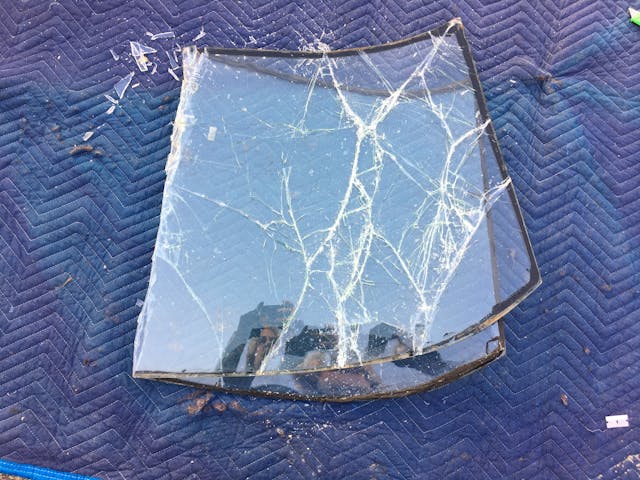
The takeaway message in all of this is that if you’re looking to buy a vintage car that, among its other issues, has a cracked windshield, don’t trivialize it. The glass itself may be unavailable, other body and paint issues may rudely present themselves once the glass is out and the windshield frame is exposed, and installing replacement glass may be outside your backyard mechanic wheelhouse. Ten years ago when I bought the Lotus, I never would’ve expected that I’d spend a thousand bucks removing the old glass and cleaning the frame myself, sourcing a new windshield, having a very reasonably-priced glass pro come to my garage, and electing not to buy new expensive correct reproduction windshield trim.
Now that I finally have crack-free front glass, I guess I should get the thing inspected.
***
Rob’s latest book, The Best of the Hack Mechanic™: 35 years of Hacks, Kluges, and Assorted Automotive Mayhem is available on Amazon here. His other seven books are available here on Amazon, or you can order personally inscribed copies from Rob’s website, www.robsiegel.com.
Check out the Hagerty Media homepage so you don’t miss a single story, or better yet, bookmark it. To get our best stories delivered right to your inbox, subscribe to our newsletters.


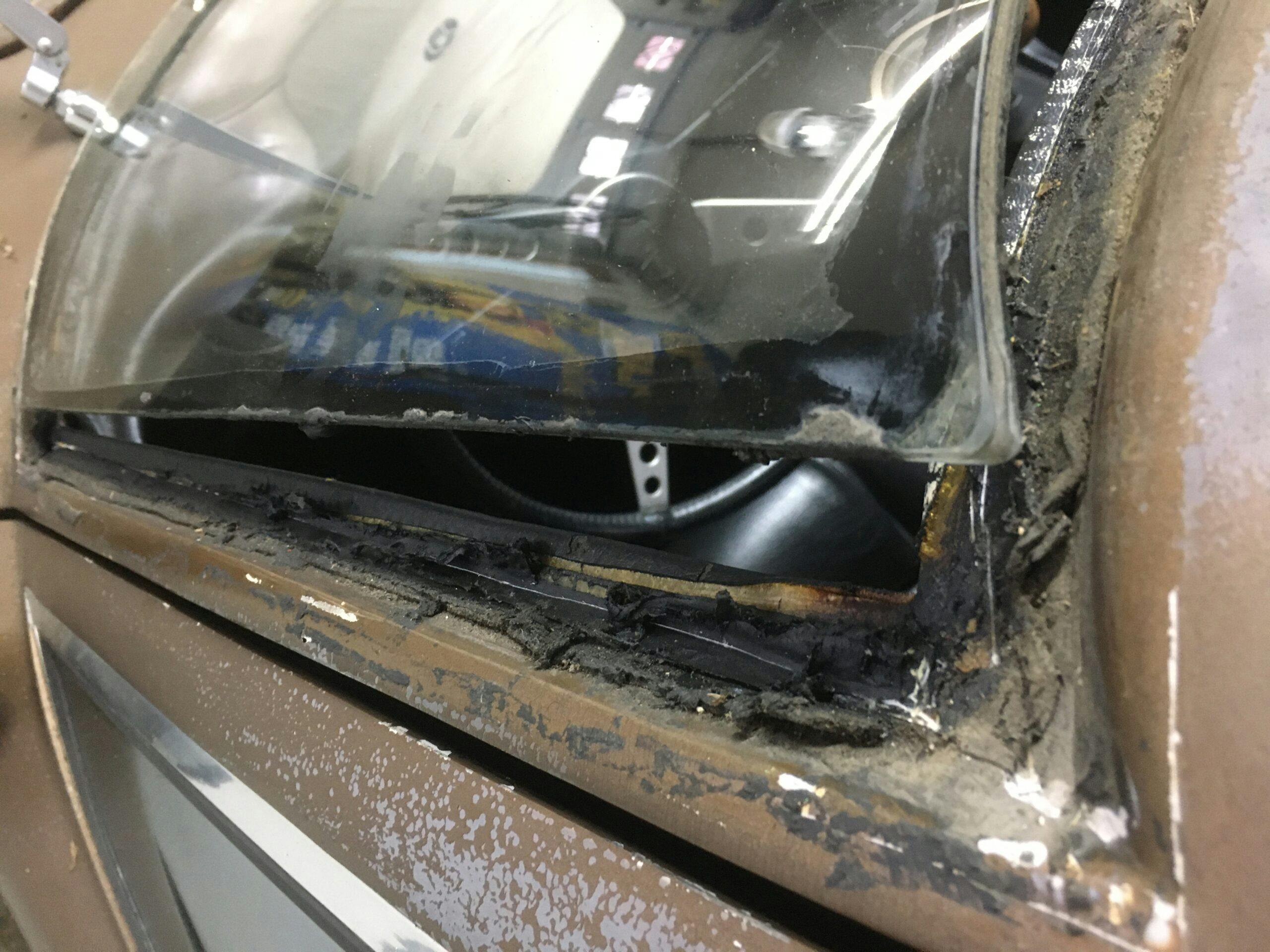
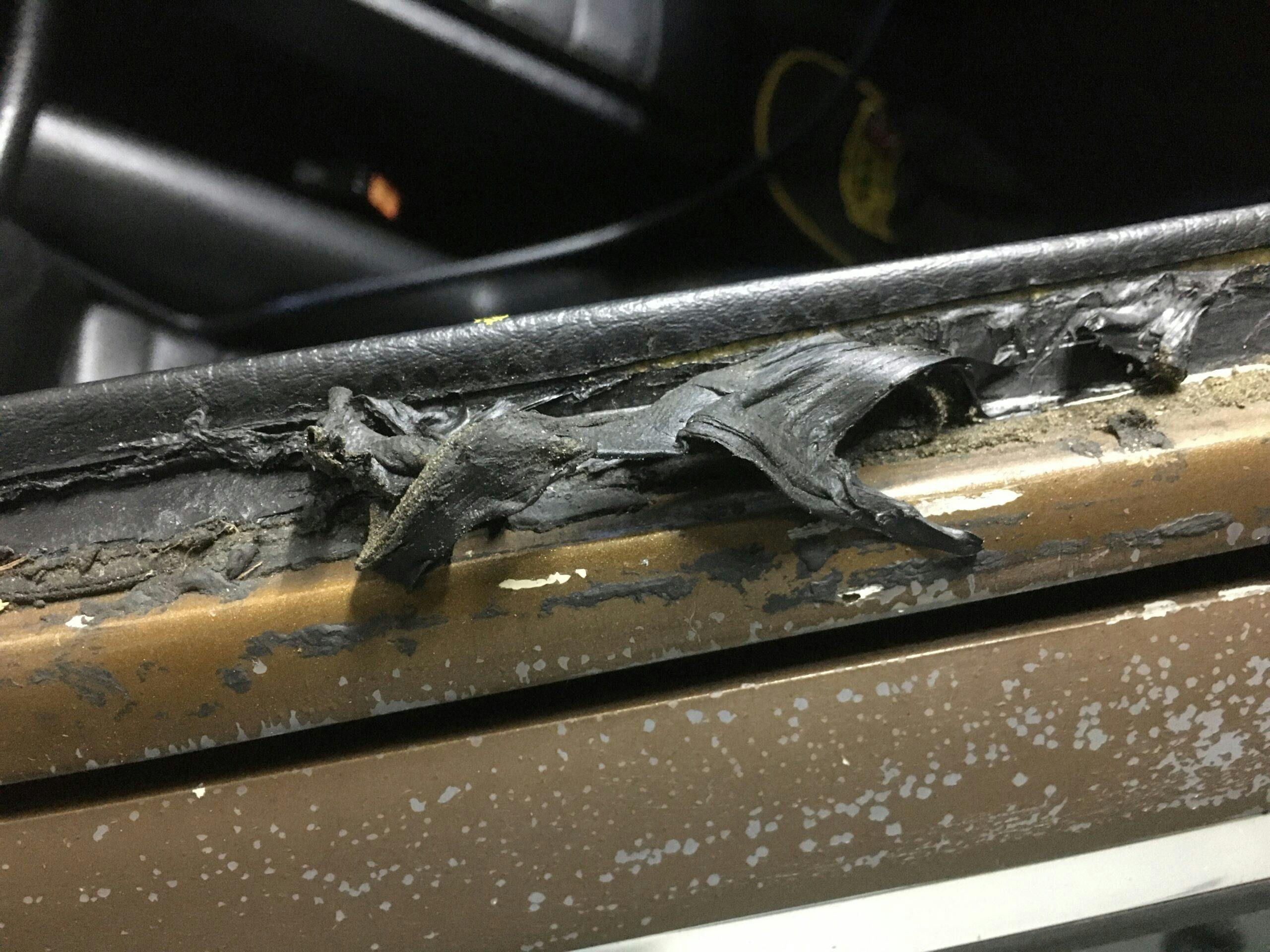
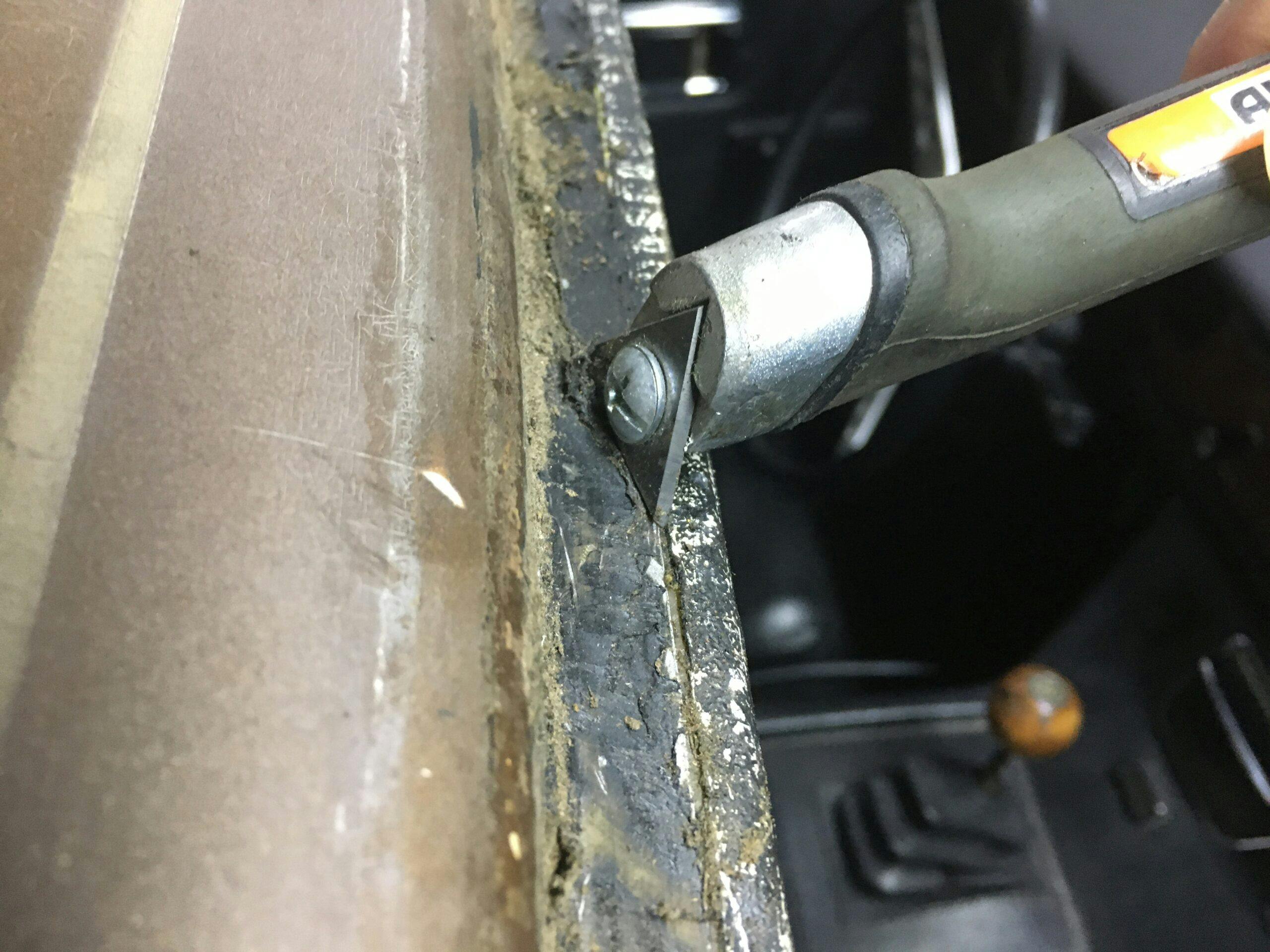
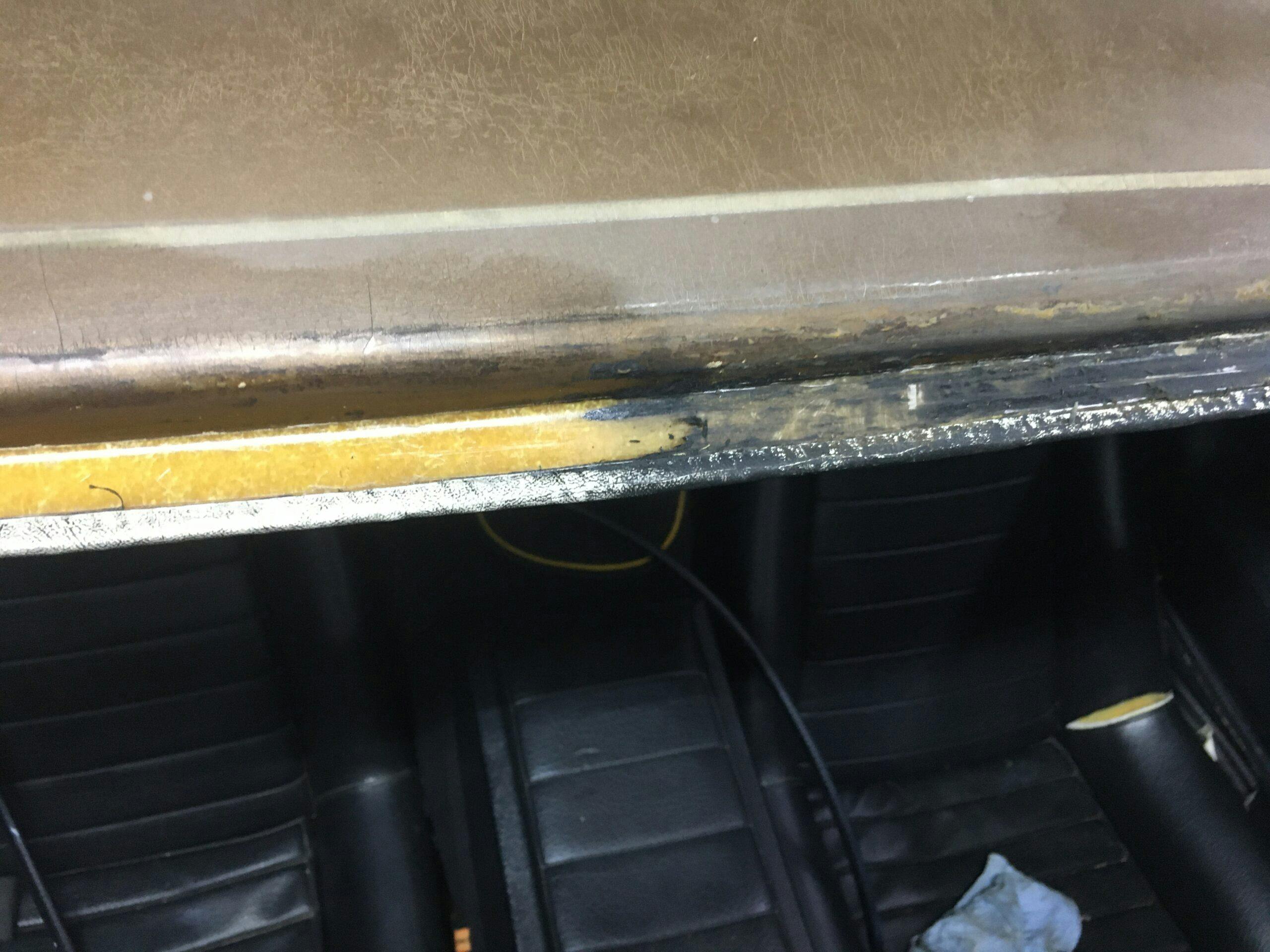
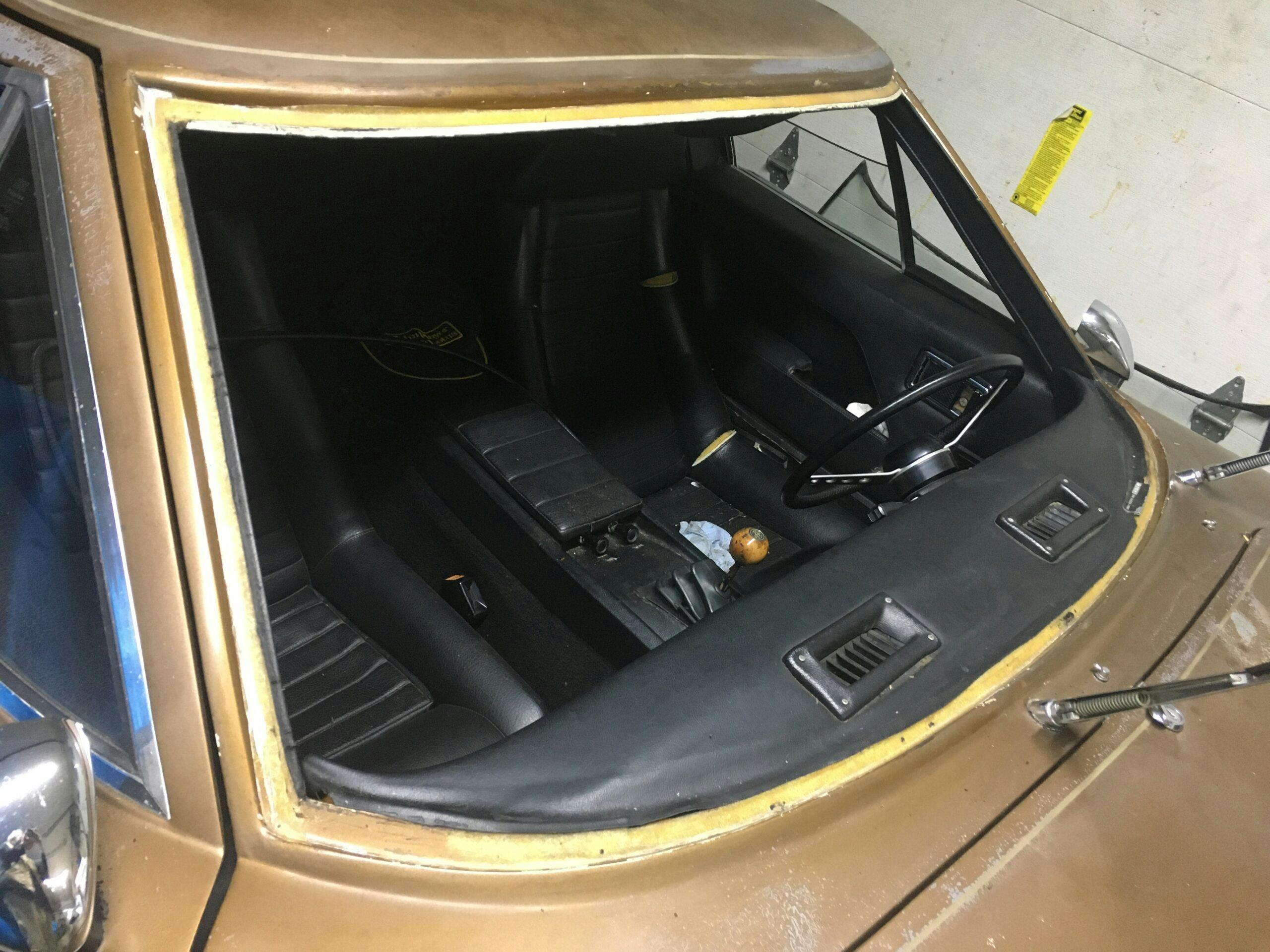
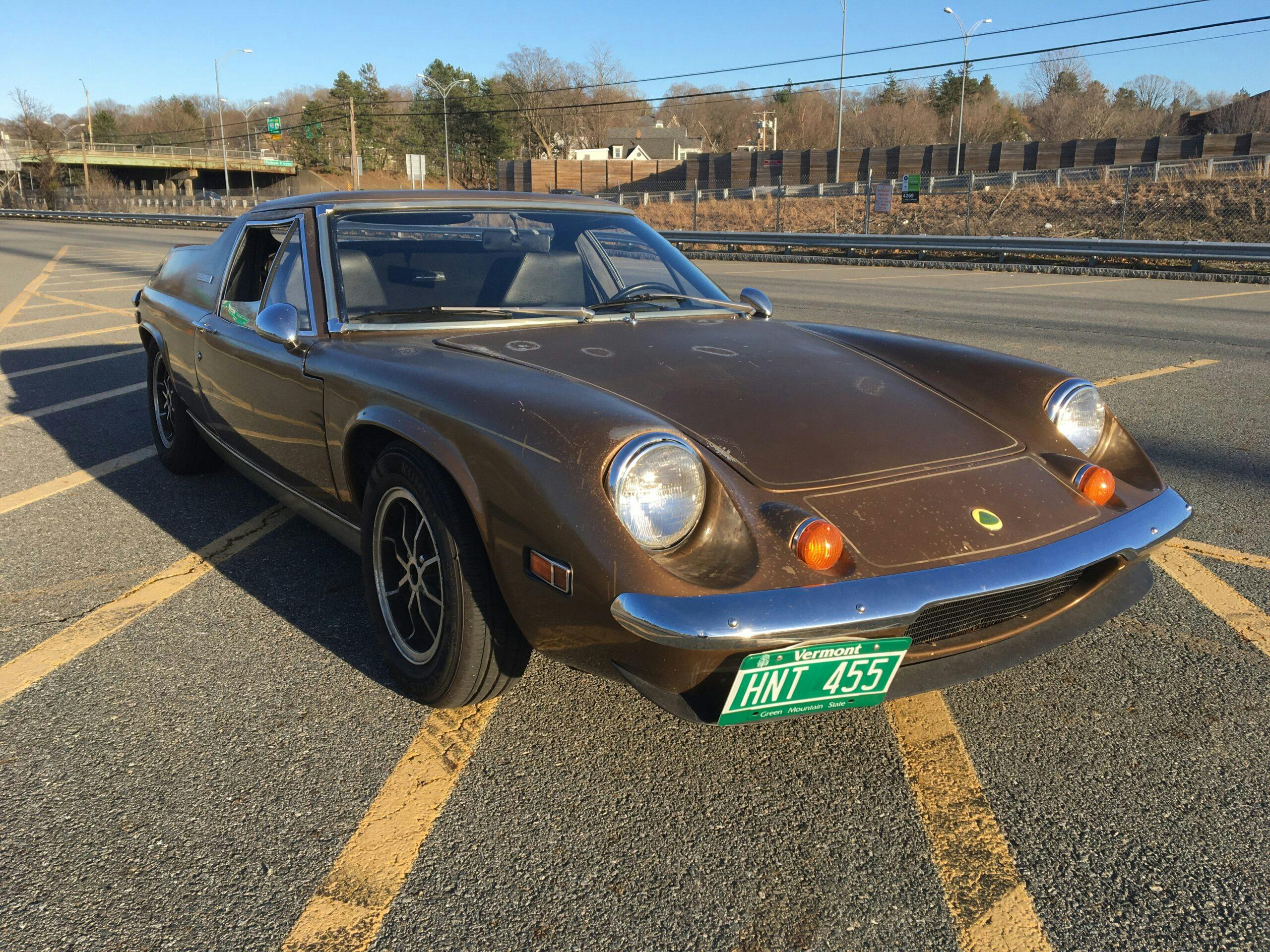
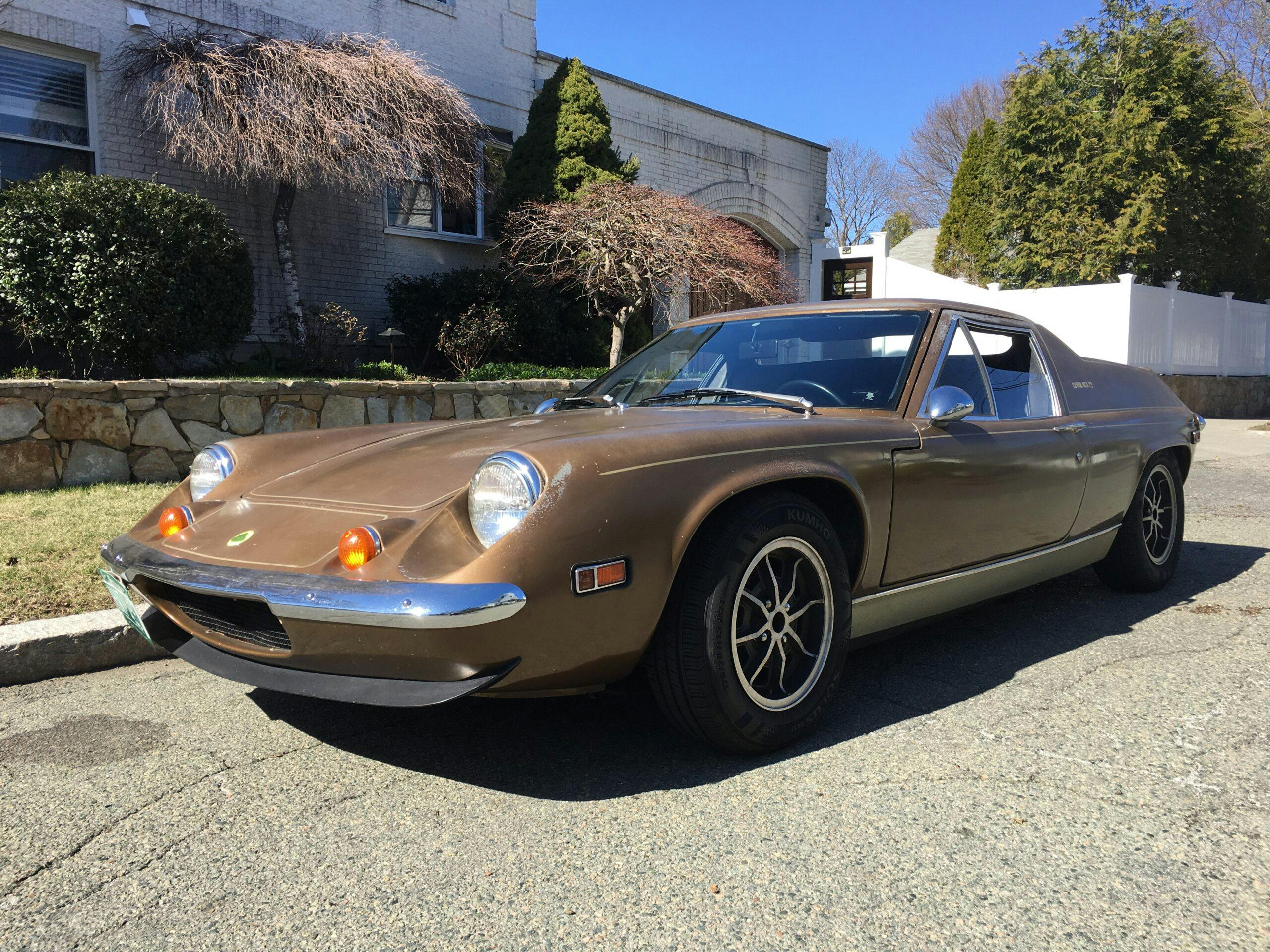


I have had a very similar experience with a different ’70s mid-engine car, also purchased after years sitting stationary with a seized engine. Fortunately I don’t need a new windshield (yet), but those that were once easily available when I bought the car seven years ago are no longer in stock. Like in your case, someone on the forum took it upon himself to do a group purchase from a European warehouse to make them available to U.S. owners. Especially for more obscure classic cars, this is only going to be more of a challenge in the future.
The blue text on the main page references the wrong columnist for this article.
Thanks for posting this Rob. Lots of food for thought.
Thanks for catching that…it’s been addressed!
Cool story. Yeah i would have had someone do the repair also. I can see I would have made some terrible mistakes or ones that would forever irritate me when I look at them.
Sometimes you have to “Know when to fold ’em” so to speak.
Front and rear glass is outside my wheelhouse. Front glass is still available for the Road Runner, though ironically, not so much for the ’92 Acura Vigor. Had the windshield replaced on the Vigor last year due to a crack. The owner of the shop that did the work said the windshield he installed looked, from what he could tell, that it was the last windshield left in the country. It came from an east coast distributor. Strangely, he only charged me $280, installed. No inspections required in WA state, but the crack was unsightly, nonetheless.
The RR has had cracked windshields in the past, always the same way. When opting to restore it, had to have body guy weld in front and rear rocker panel torque boxes and subframe connectors to stiffen up the chassis enough to prevent the twisting that I suspected was causing the windshield to crack. A nice side effect is that you can open and close a door easily even with the car jacked up on one corner. A very expensive windshield “repair”.
“Buy what you may need someday” is always good advice. In the past I’ve walked away from stuff I didn’t need right then. More often than not it comes back to bite you.
Taking the removable windscreen frame out of an MGB roadster, taking the frame apart, installing the new glass and gasket and then trying to get the frame back together and once together (hopefully) correctly installed back onto the car, is a task that I will NEVER again attempt. Pro tip: Only buy an old MGB roadster with a nice, crack-free windscreen. A thousand bucks for the Lotus might have seemed like a lot to you but I would have very happily paid that and more for an experienced pro to take over the project from me. (That Europa looks nice mate)
Rob, well done and you called in experienced pros to do the job…. Keep the good decisions going….
Question do you always attach a shortwave 10 foot antenna to the rear bumper so drivers can see you in traffic as that car seems to closely resemble a door stop design and size?
So Rob, does the Europa actually need a Massachusetts state inspection sticker if it’s registered in Vermont?
As an aside, I can tell you from direct experience that MA can be rigorous about inspection stickers on cars registered in MA. When I first moved here some 36 years ago, I promptly registered my daily driver in MA (as required by law), and was told I had one week to get an inspection sticker. A few days later, I was pulled over by a local cop who actually noticed as I drove by that I had MA plates but no inspection sticker! Of course he let me go when I showed him that I was well within the one week grace period.
More recently, I took one of my daily drivers off the road for several months to do some repairs and to save it from the ravages of another New England winter. During that time, the inspection sticker expired, and a few months later I actually got a letter from the RMV asking me why my car was registered but did not have a current inspection! I had never heard of that happening to anybody, in spite of the number of cars I routinely see driving around with expired inspections (I actually know one person who went three or four years without an inspection with no repercussions). The good news is: When I explained the situation to the RMV, they granted me a reprieve and reminded me to get the inspection when the car was back in service.
I’m actually OK with the MA inspection requirement, even though it’s an inconvenience once a year for each car in the stable. Old cars are exempt from emissions testing, and the safety testing keeps many of the dangerous junkers off the road. I just think enforcement is a little uneven.
Leave off the superfluous trim. The car looks coachbuilt, more “serious” road car without it.
some takeaways from this – if you have or want an old classic consider the rarity and the expensive and challenging issues it will likely present at some point. 3D printing can solve some problems, but there’s still plenty of stuff that can be much more costly than you expected. Jobs you can’t or don’t want to risk doing yourself. I remember the lotus europa as a sexy exotic foreign car as a kid – but learning how small it is, i don’t have to worry about ever owning one myself as it’s just not gonna fit
I can’t find “On the Fly Autoglass” in or around Salem, MA. Can you post the link? I just have an easy 1970 Mustang to install, but a recommendation is always better than blind faith.
I thoroughly enjoyed reading your insightful article titled “Windshield Replacement in a Vintage Car: Part 2” on the challenges and considerations involved in replacing a windshield in a vintage vehicle. As a vintage car enthusiast myself, I appreciate the attention to detail and expertise required to maintain and restore these classic automobiles.
Your article provided valuable information on the intricacies of sourcing and installing the correct windshield for a vintage car, highlighting the importance of preserving the authenticity and originality of these vehicles. The step-by-step guide, along with the tips and precautions you shared, will undoubtedly assist owners and enthusiasts in navigating the windshield replacement process.
I particularly appreciated your emphasis on finding specialized professionals who have experience working with vintage cars. Vintage vehicles often require a delicate touch and specialized knowledge to ensure the windshield replacement is done correctly, maintaining the integrity and value of these unique automobiles.
Furthermore, your inclusion of potential challenges and issues that may arise during the replacement process, such as rust or structural considerations, is invaluable. It underscores the importance of thorough inspection and preparation before undertaking any restoration work, especially when dealing with vintage cars.
The comprehensive nature of your article showcases your commitment to providing accurate and practical information to fellow vintage car enthusiasts. It serves as an excellent resource for individuals who are passionate about preserving the beauty and historical significance of these classic automobiles.
Thank you for sharing your expertise and insights in this informative article. I look forward to reading more of your content and continuing to learn from your wealth of knowledge.
I recently had the opportunity to read the second part of your blog post titled “Windshield Replacement in a Vintage Car – Part 2,” and I wanted to express my appreciation for the detailed and informative content. As a vintage car enthusiast, I find it crucial to have access to resources that provide guidance on maintaining and restoring these cherished vehicles.
Your article delves into the intricacies of windshield replacement in vintage cars, highlighting the unique challenges and considerations that come with preserving the authenticity and character of these classic automobiles. The step-by-step breakdown of the process, accompanied by relevant tips and insights, is immensely helpful for individuals who are embarking on similar restoration projects.
I particularly appreciate the emphasis you place on the importance of sourcing the correct windshield for a vintage car. The discussion on OEM versus aftermarket options, and the potential impact on the overall aesthetic and value of the vehicle, helps readers make informed decisions when selecting replacement windshields.
Furthermore, your inclusion of practical advice, such as the use of sealants, gaskets, and proper installation techniques, demonstrates your commitment to ensuring a high-quality and long-lasting windshield replacement. Your attention to detail and focus on preserving the authenticity of the vintage car experience are commendable.
As a vintage car enthusiast, I value resources that provide guidance on maintaining and restoring these beloved vehicles. Your blog post series on windshield replacement is a valuable addition to the wealth of knowledge available to enthusiasts like myself. It not only educates but also encourages responsible restoration practices.
Thank you for sharing such informative content and for your dedication to providing valuable resources for vintage car enthusiasts. I look forward to reading more of your articles and learning from your expertise in the future.